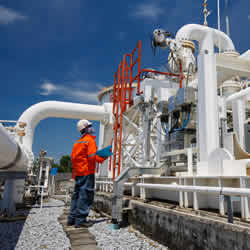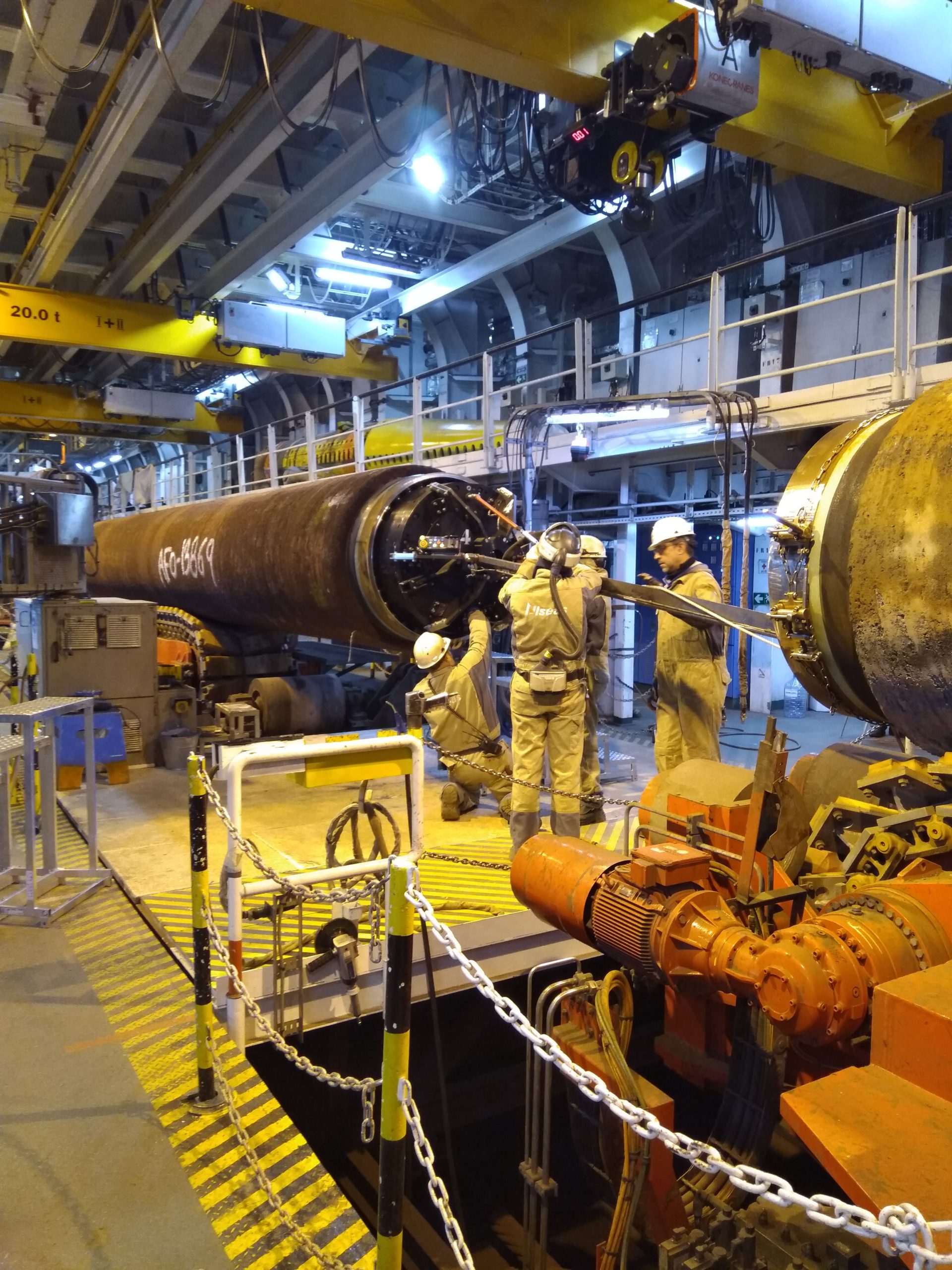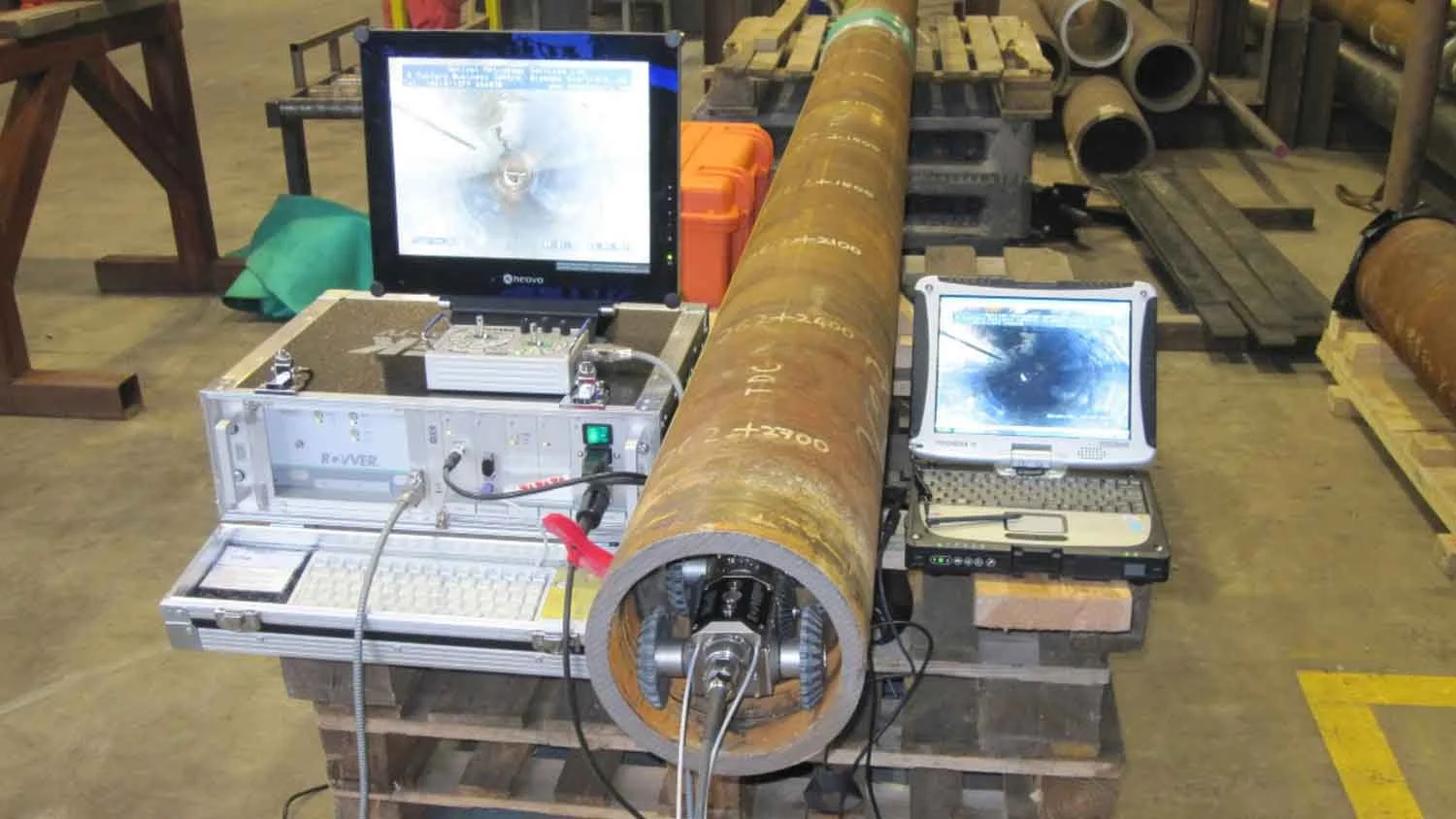Comprehensive Pipeline Welding Inspection: Protecting Framework Integrity
Comprehensive Pipeline Welding Inspection: Protecting Framework Integrity
Blog Article
Advanced Techniques in Pipe Welding Assessment: Technologies and Technologies for Improved Precision and Dependability in Weld Analysis
The landscape of pipe welding assessment is undertaking a significant improvement, driven by advanced methods that assure to enhance both precision and reliability in weld assessments. Advancements such as automated examination systems and advanced imaging technologies are redefining standard practices, while non-destructive testing techniques make sure material integrity is preserved. As these innovations advance, they not only raise flaw discovery rates but also make it possible for extra efficient maintenance methods. Nonetheless, the implications of these improvements expand beyond prompt advantages, elevating essential questions about future practices and standards in the market.

Value of Weld Assessment
Ensuring the honesty of pipe welds is critical to the overall safety and security and dependability of commercial systems. Extensive assessment of welds is indispensable to the lifecycle of pipe facilities.
The relevance of weld evaluation prolongs beyond mere conformity with governing criteria. It offers as a positive step to recognize and fix blemishes, such as incomplete fusion, porosity, or splits, before they escalate right into major problems. Effective inspection strategies also add to the durability of pipes, minimizing maintenance costs and boosting functional efficiency.
In addition, thorough weld assessments foster count on amongst stakeholders, consisting of regulatory bodies, capitalists, and the areas offered by these pipelines. By making certain that all welds satisfy the required criteria, organizations can mitigate threats and copyright their credibilities. In summary, weld inspection is crucial not just for operational integrity yet also for the wider implications it holds for safety and ecological stewardship.
Automated Inspection Solutions
The integration of computerized examination systems in pipeline welding has actually changed the technique to ensuring weld high quality and honesty. These systems utilize innovative robotics and man-made knowledge to perform examinations that are not only quicker yet additionally much more consistent than standard approaches. Automated systems can cover substantial lengths of pipelines efficiently, catching information that human inspectors might ignore as a result of fatigue or ecological problems.
Among the vital advantages of computerized inspection systems is their ability to operate in unsafe settings, reducing the risk to human assessors. They make use of numerous non-destructive screening (NDT) techniques, such as ultrasonic testing and magnetic fragment examination, to analyze weld honesty without endangering the structure. The information collected is refined in real-time, enabling instant comments and timely restorative actions when problems are recognized.
Furthermore, automated systems help with the standardization of inspection procedures, guaranteeing that each weld is examined against consistent standards. This not just boosts the integrity of outcomes however likewise enhances compliance with regulatory criteria. As markets proceed to prioritize safety and functional efficiency, the duty of computerized assessment systems in pipeline welding will undoubtedly increase, leading the way for more sophisticated quality control approaches.
Advanced Imaging Technologies
Frequently employed in contemporary pipeline welding examinations, progressed imaging innovations have actually dramatically improved the ability to detect and assess weld problems. Strategies such as electronic radiography, computed tomography, and thermographic imaging supply inspectors with high-resolution photos that disclose sub-surface problems and structural variances that might be unnoticeable to the nude eye.
Digital radiography uses electronic sensors to catch photos, allowing for immediate testimonial and enhanced picture Click This Link comparison. This causes resource faster examinations and improved precision in identifying essential problems. Calculated tomography, on the various other hand, provides three-dimensional imaging, enabling examiners to envision complex geometries and analyze the integrity of welds from several angles - Pipeline Welding Inspection. This deepness of evaluation is invaluable for finding problems that typical approaches may ignore.
Thermographic imaging utilizes infrared technology to spot variations in temperature level, recognizing locations of possible weakness or stress within the weld. These sophisticated imaging technologies not just improve defect detection prices however also lower the moment and resources required for pipeline assessments. As a result, they play a crucial function in maintaining pipeline safety and security and reliability, ensuring conformity with sector standards while minimizing operational risks.
Non-Destructive Evaluating Techniques
Using different techniques, non-destructive screening (NDT) methods are essential in pipe welding assessments, permitting the examination of weld integrity without compromising the product's architectural stability. NDT includes a series of techniques, consisting of ultrasonic testing (UT), radiographic testing (RT), magnetic particle testing (MT), and color penetrant screening (PT) Each technique has distinctive advantages and applications depending upon the certain demands of the inspection.
Ultrasonic screening utilizes high-frequency sound waves to spot interior problems, supplying accurate dimensions of weld density and honesty. Pipeline Welding Inspection. Radiographic screening employs X-rays or gamma rays to produce images of the weld, revealing internal issues that might not show up externally. Magnetic particle screening is efficient for spotting surface area and near-surface interruptions in ferromagnetic materials, while dye penetrant screening highlights surface area fractures by utilizing a colored color
Incorporating these NDT approaches into pipeline welding examinations improves the precision and reliability of weld evaluations, ensuring that prospective failings are identified early. As industries demand higher requirements for safety and security and efficiency, the role of NDT in preserving the honesty of welded structures continues to be critical in pipeline learn the facts here now building and upkeep.

Future Trends in Weld Analysis
As we aim to the future of weld analysis, improvements in innovation are positioned to reinvent the methods used for evaluating pipe honesty. The integration of synthetic knowledge (AI) and artificial intelligence in examination processes is anticipated to enhance the accuracy of flaw discovery and predictive maintenance. These technologies permit for real-time data evaluation, allowing inspectors to determine potential problems prior to they intensify right into significant issues.
In addition, making use of drones equipped with innovative imaging systems is acquiring grip. These airborne evaluations can cover substantial locations quickly, catching high-resolution photos and information that can be examined for defects in hard-to-reach places. This not just boosts safety yet likewise boosts performance in the evaluation procedure.
Additionally, the advancement of wise sensors installed in pipe systems uses the possibility for continual surveillance. These sensors can spot modifications in stress, temperature, and vibrations, supplying beneficial understandings right into the wellness of the welds over time.

Final Thought
To conclude, the combination of sophisticated methods in pipeline welding inspection substantially improves the accuracy and reliability of weld assessments. Technologies such as automatic inspection systems, progressed imaging modern technologies, and non-destructive testing methods play an important function in improving issue discovery rates and fostering proactive upkeep techniques. As these technologies continue to advance, they will certainly further make certain the security and effectiveness of pipeline systems, eventually adding to the honesty of essential facilities.

Report this page